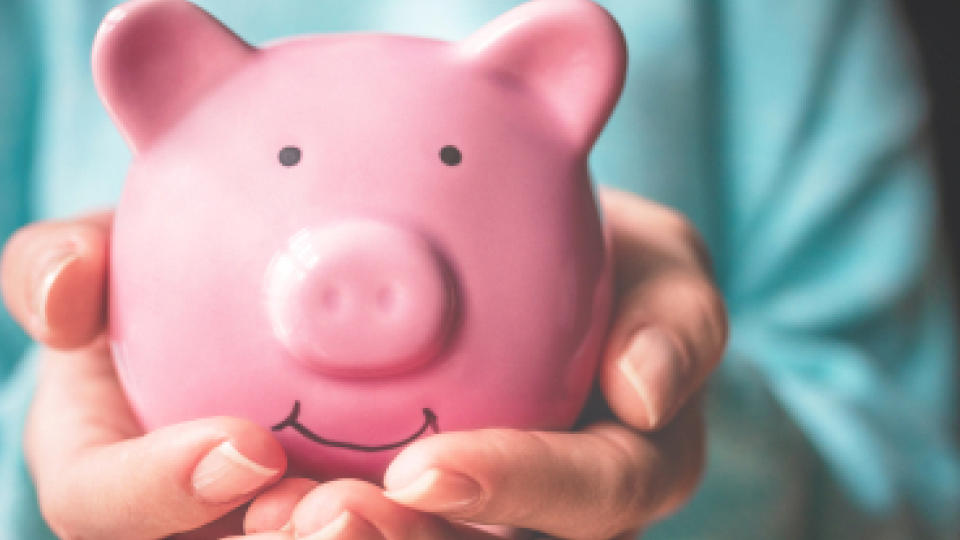Women Are Tapping Into Emergency Savings at High Rates — Why This Can Be a Mistake

Having an emergency savings fund can provide a financial safety net for unexpected costs and events, such as a job loss or medical expense. While it’s OK to use these funds when necessary, a new Bank of America report uncovered an alarming trend — women are more likely to have decreased their emergency savings funds over the past six to 12 months compared to the overall population. According to the bank’s 2024 Workplace Benefits Report, 29% of women have decreased their emergency savings in recent months compared to 23% of all employees.
Find Out: How Much Does the Average Baby Boomer Have in Savings?
Learn More: 4 Genius Things All Wealthy People Do With Their Money
In this “Financially Savvy Female” column, we’re chatting with Lisa Margeson, managing director of retirement research and insights at Bank of America, about why women may be tapping into emergency savings at relatively high rates, when it is and isn’t OK to tap into these funds, and what women can do to build their emergency funds back up.
What are some possible reasons that women, in particular, have decreased their emergency savings in recent months?
Overall, women report having more worry and higher stress about their finances and the future. According to data from Bank of America’s 2024 Workplace Benefits Report, while saving for retirement continues to be a top goal for employees overall, other pressing needs often get prioritized, like paying off debt or building up an emergency fund. Oftentimes, women especially feel the pressure of these pressing needs, with them traditionally taking the responsibility of healthcare costs or caretaker duties.
Women’s financial wellness scores are also lower relative to their male counterparts, which may mean some women have less financial flexibility or need to use their emergency savings to cover unexpected costs.
Explore More: Here’s How Much the Definition of Middle Class Has Changed in Every State
What are some examples of instances when a woman should use an emergency fund?
It’s important to note that financial wellness is a personal journey, and your financial choices are dependent on many factors, including your goals, your income and your priorities. Some examples of times when individuals might use an emergency fund include losing work or being laid off, unexpected medical costs or home repairs.
What are some examples of times a woman might tap into an emergency fund, but shouldn’t?
A key component of financial wellness is learning how to manage your short-term goals and needs, while also being prepared for your financial future. These short-term goals and needs are different for every person, so what is right for you might not be right for your neighbor.
Sometimes people are tempted to tap into emergency funds for short-term goals — like a new car or a vacation. Although it’s important to reward yourself by meeting short-term goals consistently on your journey to retirement, it’s also important to weigh the benefits of other potential uses for those emergency funds that may be more critical. Consider planning for those expenses as a short-term goal rather than pulling from an emergency fund to cover them.
How can women rebuild emergency savings after using the funds?
As daunting as it may be, the only way to get back on track is to start contributing to your emergency fund again. Even if it’s a small amount, resume your contributions to your emergency fund as soon as you are able to begin building those funds back up. In addition, ensure you are taking advantage of employer-sponsored savings vehicles, like investing contributions to your health savings account (HSA), so you’re prepared when future healthcare emergencies strike.
Check on resources offered by your employer to ensure you’re taking advantage of any tools or educational materials offered — from emergency funding tips to caregiver support programs.
More From GOBankingRates
This article originally appeared on GOBankingRates.com: Women Are Tapping Into Emergency Savings at High Rates — Why This Can Be a Mistake

 Yahoo Finance
Yahoo Finance 